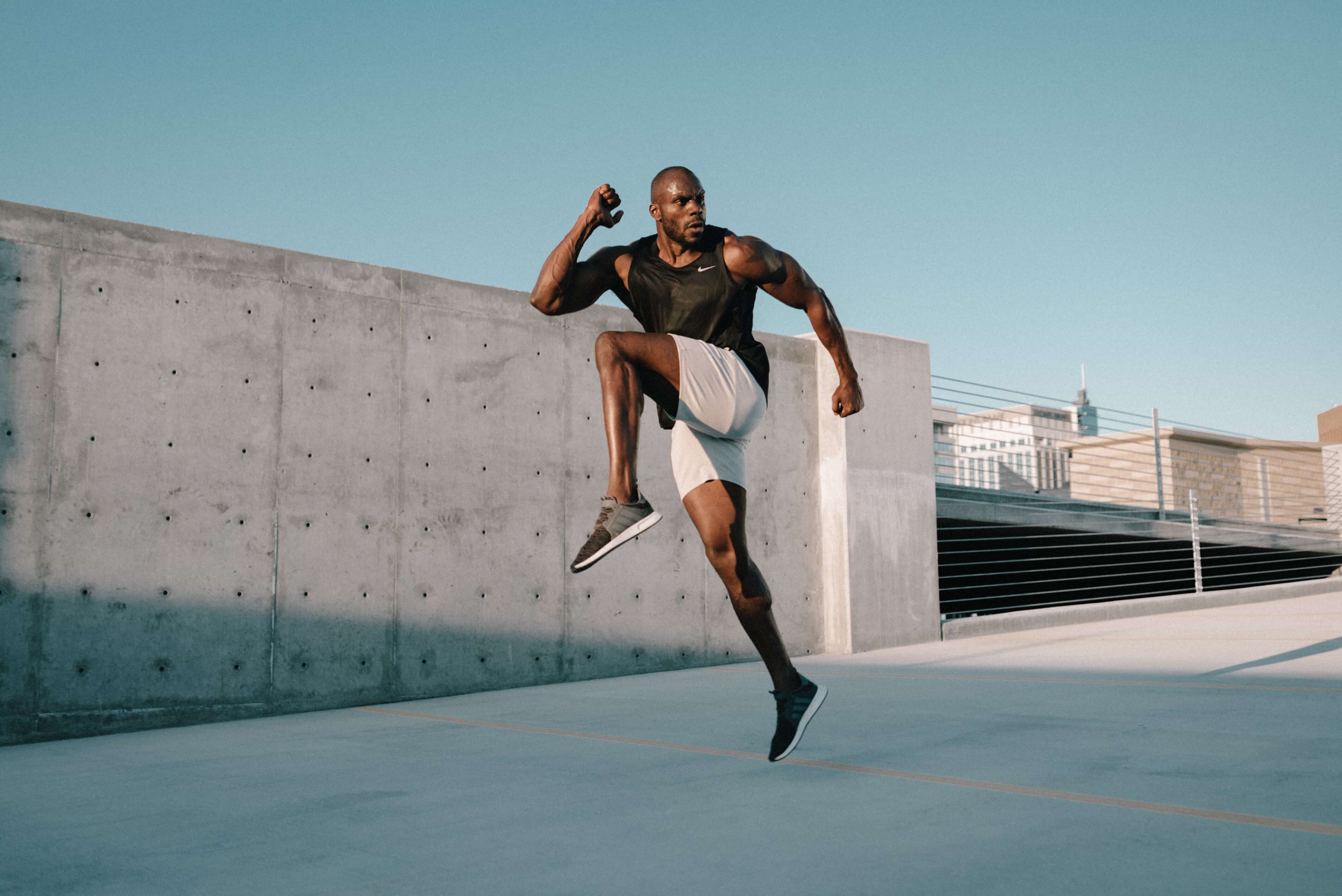
Neuromuscular fatigue is recognized as a multifactorial phenomenon whose etiology is still the topic of a lot of debate. However, most definitions of neuromuscular fatigue share a common element – the observation of an exercise-induced decline in muscle force production together with an increase in the level of effort required to perform the exercise. When fatigue is presented, structural changes in the muscle can be seen in the muscle (muscle damage and excitation-contraction coupling failure). In addition to these structural changes and the reduced force generation, fatigue also negatively affects the velocity of muscle fibers shortening and relaxation (stretch-shortening cycle). These are believed to be a result of neural changes, such as group III/IV afferent activation, modified musculotendinous stiffness, and decreased central drive to the muscle.
Why do we need a test, and why jumping?
Although performance in the sport is the most specific indicator of an athletes’ sport-specific neuromuscular performance readiness, its longitudinal assessment can be difficult and not practical. While coaches do monitor training loads and periodize sessions in order to create optimal adaptations, this kind of monitoring does not take into account the physiological stress each athlete feels individually at any given time. Therefore, field tests such as short sprints, counter-movement jumps, squat jumps, and drop jumps, have been suggested as suitable ways to assess athletes’ neuromuscular fatigue and readiness.
In contrast to sprints, the aforementioned jump tests always seemed to be enhanced by a very detailed analysis using a force plate and/or position transducer systems, which might have lead to a better understanding of physiological and neuromuscular responses associated with neuromuscular fatigue.
What is the best test to determine neuromuscular readiness?
A recent study (Gathlecore et al., 2015) tried to answer this question by comparing the results of countermovement vertical jump, squat jump, drop jump, and 20 m sprint, from 11 team-sport athletes. In order to elicit fatigue and a neuromuscular load similar to team-sport activities, the athletes underwent 3 Yo-Yo tests in a row (Yo-Yo IR2, 5 min rest, Yo-Yo IR2, 5 min rest, Yo- Yo IE3, 5 min rest, testing).
Repeatability: It was found that the 20 m sprint test had the best repeatability (test-retest reliability) score, with a coefficient of variation smaller than 2%. Second-best were the countermovement vertical jump test and squat jump test, with a coefficient of variation of ~3.5%. The least repeatable test was the drop jump with a coefficient of variation of almost 5%!
Sensitivity: In contrast to the repeatability findings, the sensitivity of the 20 m sprint test (its ability to detect fatigue when it truly exists. I.e.: true positive) was found to be the worst. It was found that after a period of more than 1 hour of rest, the ability to detect fatigue using the sprint test is very poor. I.e, while sprint performance is significantly decreased immediately after exercise, it can be recovered rapidly and thus, no significant change in results will appear. Hence, short sprint test will not be relevant for any time frame greater than 1h post-exercise.
Jump performance, on the other hand, is affected for a much longer time. It took 72h for the squat jump performance to be recovered. Moreover, countermovement jump and drop jump were still affected and decreased at that time point (after 72h)! i.e., athletes’ abilities to perform the countermovement jump and the drop jump, are limited for a much longer time than squat jump and sprint.
Hence, when we combine these findings, it seems that the countermovement vertical jump test is the best test (out of the four tests that were mentioned) for detecting neuromuscular fatigue in a time frame that is longer than 72 hours post-workout.
What should we look at in the countermovement vertical jump test?
Other than the height of the jump (performance outcome), we can break down the jump into sub-components and examine which of them is changing while fatigue is presented. A few examples of these sub-components include time to maximal force (represents the rate of force development), time from maximal force to takeoff (represents technique/ coordination, motor learning), and ratios of flight time with these sub-components. Breaking down the jump profile into these components could help us separate true-positive cases from false-positive cases (for example, an athlete that is jumping lower due to poor mechanics/injury), and increase the sensitivity of the test even more.
Practical recommendations:
- Measure jump performance frequently (after a proper warm-up).
- Use more than one trial. If you have enough time and resources, run 6 trials and use the average of the best 3 trials. If not, use the best trial out of 3.
- Use a force plate (or any other reliable instrument) to monitor maximal power, jump height, maximal velocity, maximal force, rate of force development, flight time, and time to take off from maximal force.
- Flag important changes (>3%) in relation to a trend line.
- Calculate trends for different phases of training (e.g. pre-season, training camp, etc.).
About the author:
Eli Mizelman, PhD candidate (Sport Analytics), MSc. (Exercise Physiology & Sports Nutrition), BSc. (Medicine);
Exercise Physiologist and Performance Analyst;
Founder and CEO – EM Sports Science.